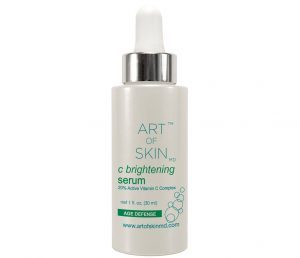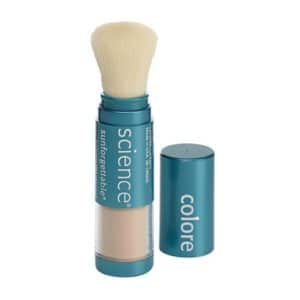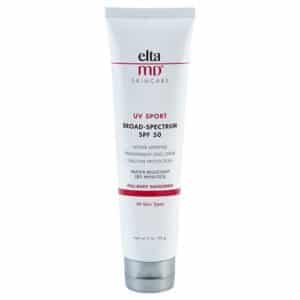What’s in your sunscreen is just as important, if not more important as its SPF number. When deciding which sunscreen to purchase, it’s easy to get overwhelmed by the multitude of choices out there. This is why Dr. Palm talked recently with Elle.com to discuss the differences between the two main “groups” of sunscreens and why one is very much superior to the other. The active ingredients in sunscreens are what separate the good from the not-so-good – and they are divided into two broad categories: physical and chemical.
Physical vs. Chemical – The Breakdown
What they’re made of
Physical sunscreens are often referred to as “natural” sunscreens, because they are made up of either zinc oxide or titanium dioxide (or both). These are the only FDA-approved physical sunscreens and are both minerals, which is the reason they are often labeled as “natural.”
Chemical sunscreens are made up with ingredients that are often hard to pronounce, such as avobenzone, oxybenzone, homoscalate, octinoxate and octocrylene.
How they work
Physical sunscreen agents work by reflecting light that reaches the skin’s surface back into the environment. Many dermatologists, Dr. Palm included, prefer a physical-based sunscreen for this very reason. Zinc oxide has excellent coverage across the UV spectrum, even better than titanium dioxide, and published scientific literature shows that neither of the two are absorbed from the skin’s surface into the body. In fact, even micronized forms (where particles of sunscreen are invisible to the naked eye) cannot and do not penetrate the surface of the skin. They simply sit atop the skin’s surface, acting as a shield and reflecting the light back into the environment.
Chemical sunscreens work by converting light energy into heat on the surface of the skin, which may contribute to sun damage to the skin over time. The heat causes inflammation on the skin, which can cause premature aging. Anyone with melasma should be very weary of chemical sunscreens, as the heat produced on their skin by chemical sunscreens can further aggravate their pigmentation.
What to Look For When Shopping For Sunscreen
Dr. Palm recommends looking at the active ingredients on the label of the product. A physical sunscreen should list zinc oxide, titanium dioxide, or both. She recommends using a zinc-based sunscreen with a 7% or higher concentration of zinc oxide. It’s also important that a sunscreen has an SPF of 30 or more and that it states it is “broad spectrum,” meaning it protects against both UVA and UVB.
Dr. Palm also likes combining the power of a physical sunscreen with other ingredients that fight inflammation, reduce free radical production and promote anti-aging effects on the skin. She says to look for ingredients like tocopherol (vitamin E), ascorbic acid (vitamin C), polyphenols (plant-based antioxidants such as resveratrol and green tea) and niacinamide (vitamin B3).
Understanding the breakdown of what is in sunscreen is the first step in being able to make informed decisions when it comes to protecting your skin from the sun’s harmful rays. If you’re still unsure as to which one best suits your needs, Dr. Palm has a few favorites all dependent on when she uses them. She also recommends reapplying every two to three hours and immediately after swimming.
Dr. Palm’s Sunscreen Picks
For the Face
Easy Reapplication
For the Body – Everyday Use
For the Body – Outdoor Activities
Stop by or call us at 858-792-SKIN (7546) if you have any questions or need any assistance in selecting your perfect sunscreen. We are happy to help you make sure you’re protecting your skin as best you can!






